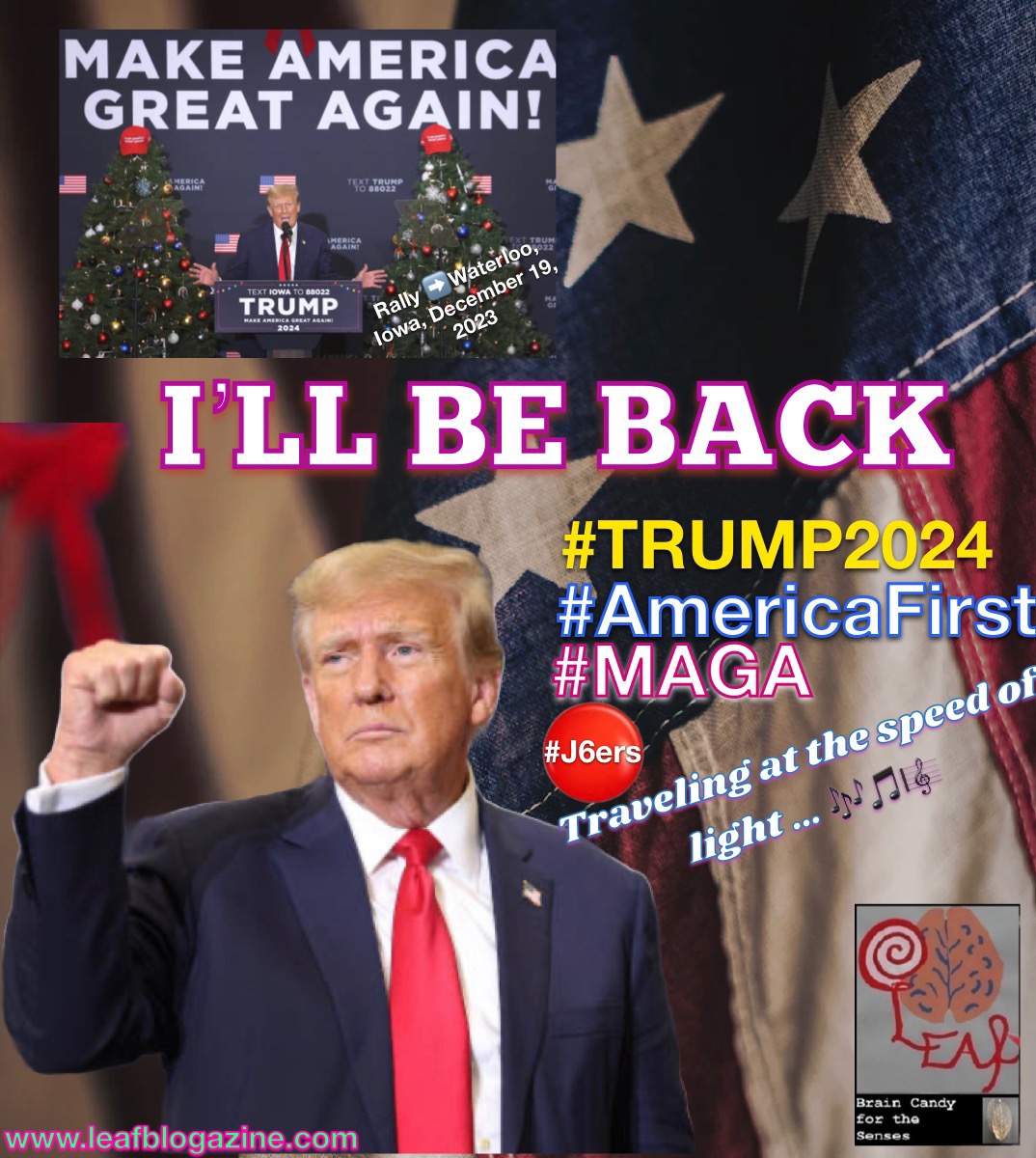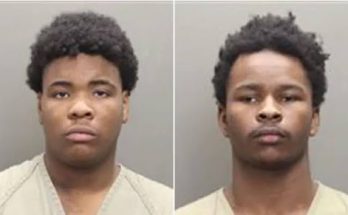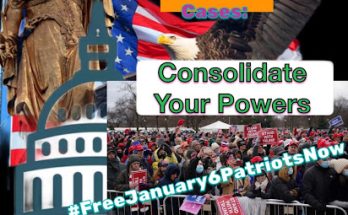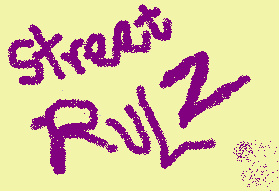
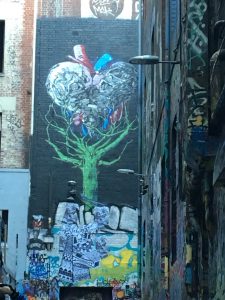

By Sharmini Jayawardena
Street life is life of that of the “homeless”; the beggars, the hobos, the bums, and the tramps. It is also the life of the street kids, the petty thieves, the gypsies, the prostitutes, the transvestites and the flamboyant gays. And, it is the domain of street gangs and mobsters (like it says in the songs):
“In the Crooked Letter I it’s do or die,
“Shit, every man fights to stay alive”- Method man in ‘Crooked Letter I’ (feat. Streetlife and Kon Artist.)
“Serial killers tote guns without the serials”- Street-life in ‘Rules’ (from Iron Flag, by Wu Tang Clan)
…and of course Mr Wendal by Arrested Development.
Slum Dog Millionaire (2008), the movie, says it all!
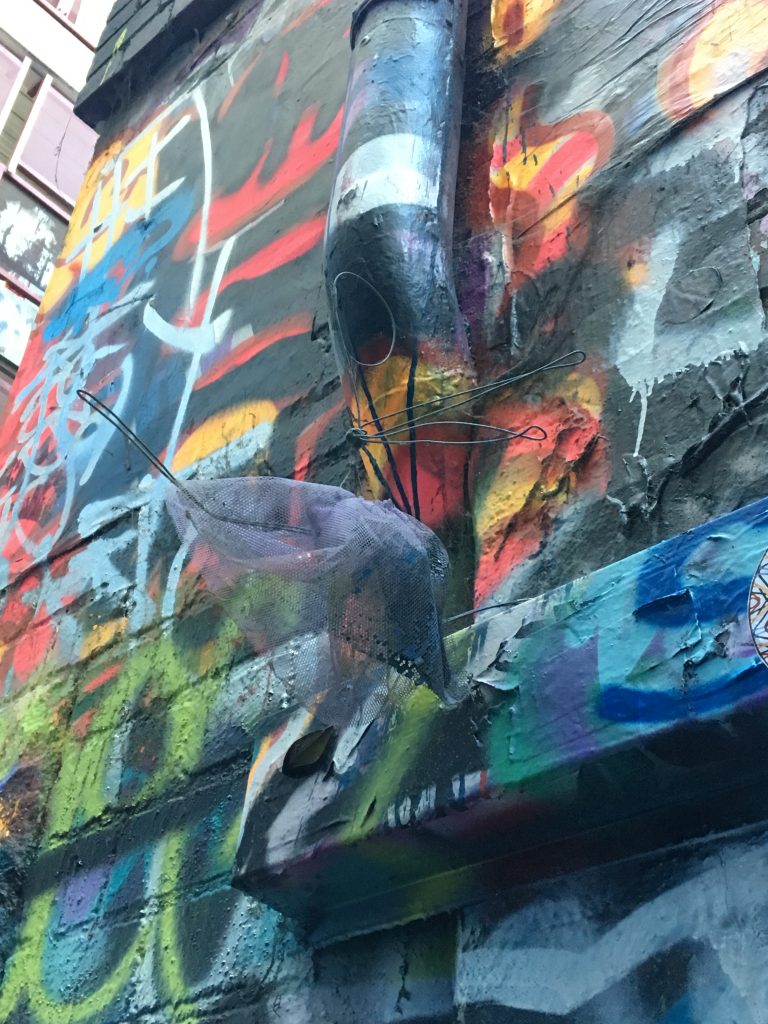
For the “homeless” a street is a home. They were all at one time within the comforts and confines of a regular home, be it many generations up the line or as pioneers from out of home out there. Now, they are with other street people they call family, each with his own story to tell.
Poverty, domestic violence and abuse are among reasons why many are forced on to the streets. Sometimes it may stem from a need for “freedom”. An “excellent hobo tat”, becomes a “vagrant’s” hang out, as in “Down town is excellent hobo tat, there is a fountain to bathe in, plenty of business that specializes in malt liquors and it’s a great place to panhandle.”
Al Jazeera News Report on Malaysian Street Children (July 2007)
Some of them on the street wield the “Hater Card” on others or something successful or happy. Often these manifest themselves in negative speech or behavior like keying the surface of cars or by indulging in dumpster diving.
The final Chapters of ‘Down and Out in Paris and London’, shows Eric Blair, as George Orwell, writing of poverty in 1933, after taking up investigative tramping expeditions, as such- “…I shall never again think that all tramps are drunken scoundrels, nor expect a beggar to be grateful when I give him a penny, not be surprised if men out of work lack energy, not subscribe to the Salvation Army, nor pawn my clothes, nor refuse a handbill, nor enjoy a meal at a restaurant, (knowing the conditions). That is a beginning.”
More recently, Professor Nandasena Ratnapala, of Sri lanka, lived long periods among beggars disguised as one and produced the well known classic ‘Beggar in Sri Lanka’. The common belief being that they are owned by profiteering, organized businessmen or “mudalali(s)”.
In ‘Famous, Rich and Homeless’, Reality TV afforded a bunch of celebrities the opportunity to experience ‘living rough’ first hand, aiming at building awareness. The ‘Oprah Winfrey Show’, February 17, 2011, revealed, Dani Johnson, of ‘The Secret Millionaire’, as having grown up on welfare and being homeless at 21, eventually becoming a millionaire, starting her empire by selling a weight loss product from her car trunk!
Mark Twain’s depiction of ‘Huckleberry Finn’, the vagrant boy of 1800s’, America, “known for its colorful description of people and places along the Mississippi River. Set in a Southern antebellum society that had ceased to exist over 20 years before the work was published. Adventures of Huckleberry Finn is an often scathing satire on entrenched attitudes, particularly racism.”*
The woeful kids of Dickensian England reverberate as UN figures show over 100 million children around the globe are on the streets. Colombian street kids face the worst scenario, for being considered “disposables” and targeted for murder by vigilantes, police and merchants, anyone with a twisted will to do what he believes is “good” for society by getting rid of those they think don’t “measure up”. It is a euphemism for “social cleansing” against the society’s marginalized, and expose grave social intolerance, say the Colombian Commission of Jurists.
The existence of street people point toward a society that is self serving, needing to survive at the cost to the “rejects”, which are but the very back bone on whom it stands. The ownership of private property and laws co-operate to keep some people out and under surveillance. The Sit-Lie Ordinance and the Move-on Bylaw make spaces inaccessible to the most of us. (http://streetkidnews.blogsome.com)
Crime on the streets since Jack-the Ripper of 1800s, London, today’s snatch thieves and ‘Acid Man’ of Kuala Lumpur, and the most recent horrendous mass-killer of Norway, all targeting sections of society, calls for a closer look. Enclosed living and closed thinking reeks unhealthy.
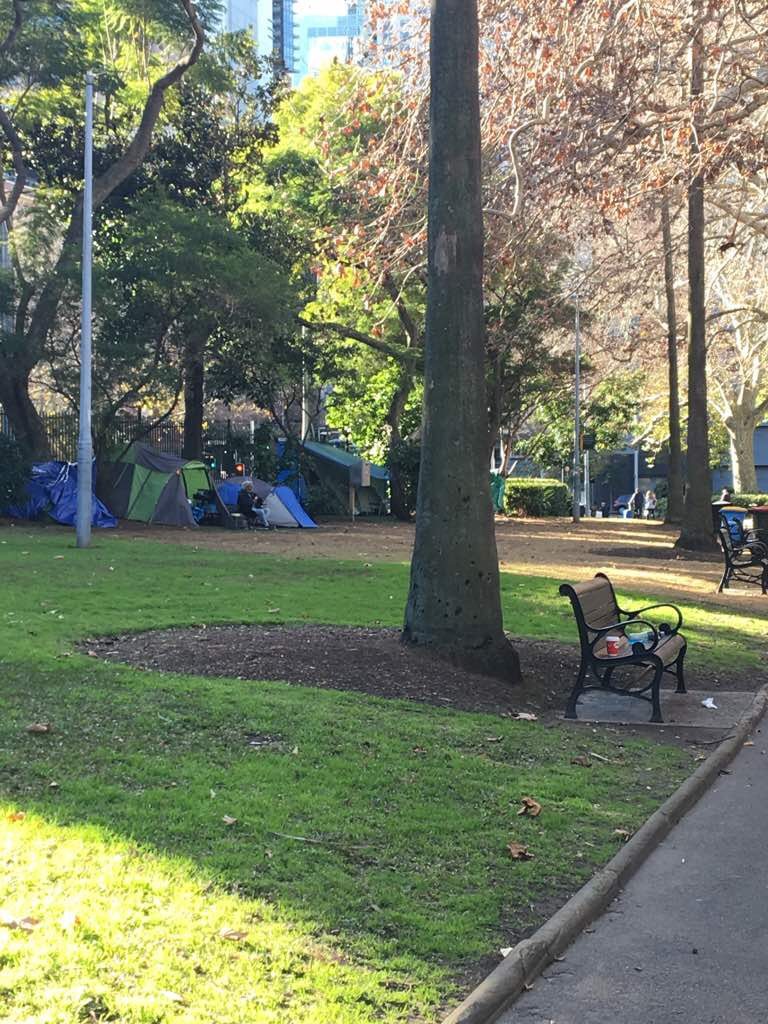
Against this bizarre canvass, street artists, protesters, musicians, dramatists, question their existing environment with their own language. These unsanctioned arts, with strong currents of activism and subversion, are developed in public spaces – that is “in the streets”. They take the form of Traditional Graffiti, art work, stencil graffiti, sticker art, wheat pasting, street poster art, video projection, art intervention, guerilla art, street drama, flash mobbing , street installations and even Kolam.
Streets are the great leveler, the equalizer, where pedestrians move with near zero identity unless when marked out by a projected image for being outfitted as such. The counter culture of street punks, gutter punks, Goths and cyberpunks apart from bohemian street kids, display street derived fashion, exuding street worthiness and confidence or “street education”, bringing street life to the fore.
John Mercier’s experience of ‘rough living’ in Canada, shows the vicious cycle, of deprivation and circumstance that gets you there, hardship on the streets, giving way to depression, drugs, crime, mental illness and medication… that keep you there. (http://heretohelp.bc.ca)
Video Clip of Gutter punks of New Orleans, Louisiana, U.S.A.
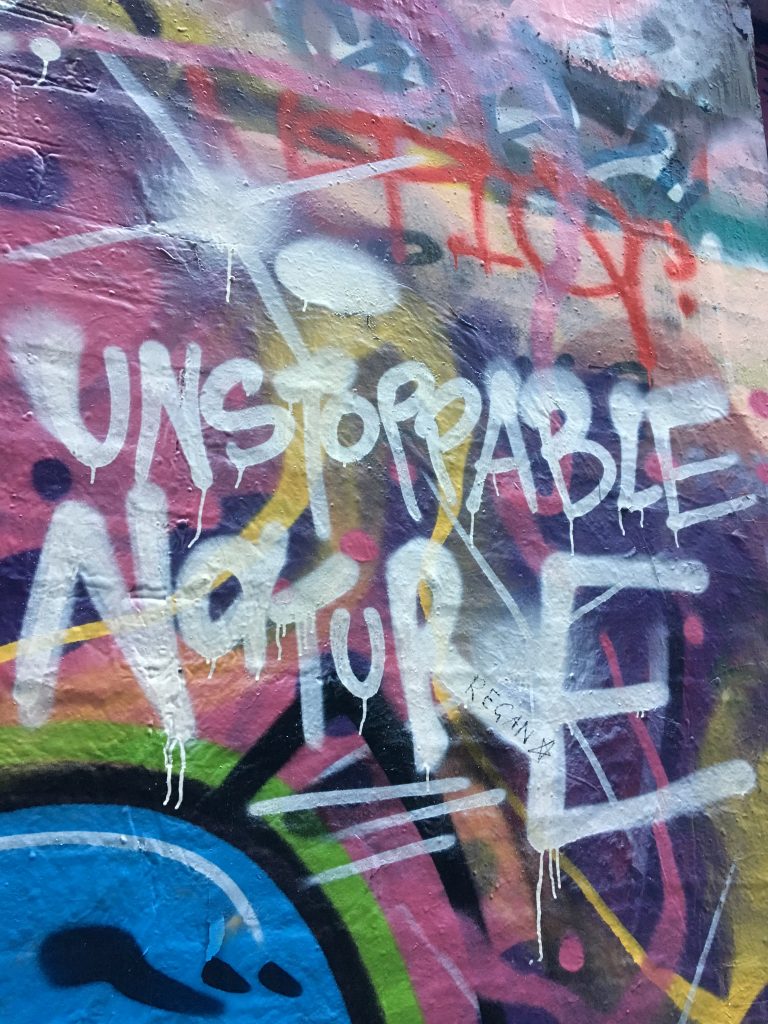 Graffiti of Hosier Lane, Melbourne CBD, Victoria, Australia
Graffiti of Hosier Lane, Melbourne CBD, Victoria, Australia
Update, 25-03-22: During the Covid-19 pandemic, the government authorities of Malaysia picked up all of the homeless from the streets of Kuala Lumpur, the capital city, and found them alternative shelters. They also gave them training in skills that could financially benefit them. Just as soon as the Covid regulations were relaxed they found at least 20% of them having returned back to living on the streets!!!
Photos by Sharmini Jayawardena
![]()
